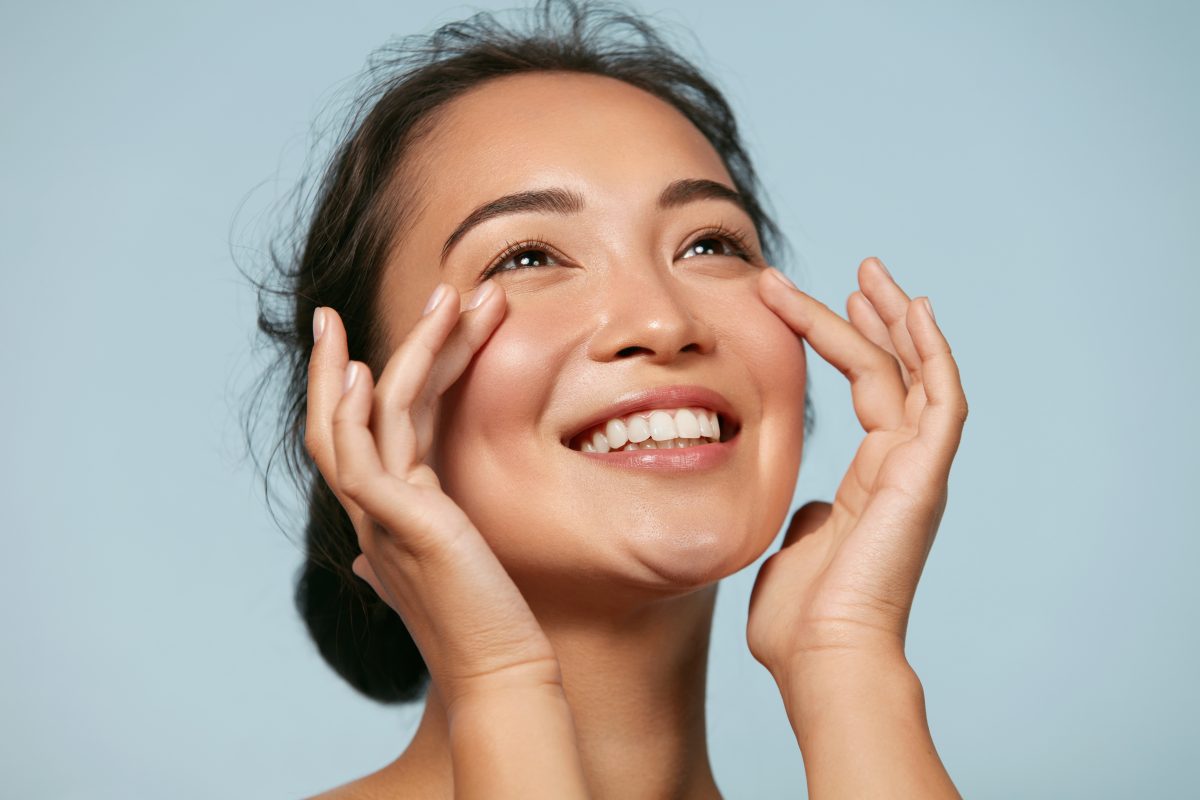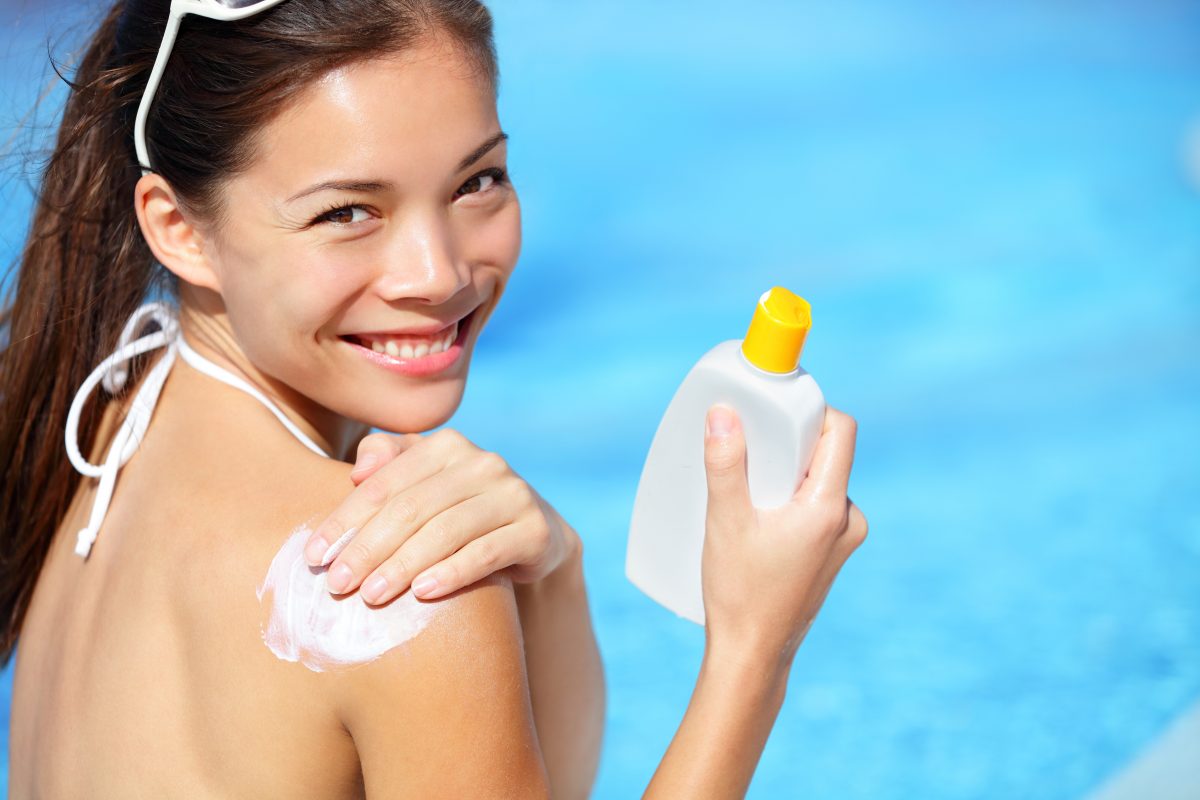What does your mind immediately run to when you think about celebrating in November? National Healthy Skin Month?
OK, Thanksgiving may be a little higher profile, but aren’t we always making everything else more important than caring for our skin? It’s always been there, and it’s easy to take it for granted. But skin requires maintenance for life, so November is a great time to follow these 10 tips to give your skin what it needs.
A Simple Skincare Routine
You could quickly drain your savings on skincare products and procedures offering instant youth and beauty, but what’s most needed is a regular routine of cleansing and moisturizing. Bonus points for nourishing serums and exfoliating too!
Find what works for you and stick to it, just like brushing your teeth. Cirem has a $65 starter kit complete with moisturizer, serum, eye cream, face oil, a tool promoting circulation and decongesting, plus a bonus hand sanitizer.
Know Your Skin Type
This will narrow you down to the right products. If you rarely detect oil on your skin, it’s probably dry. If you can swab some oil much of the time, you know it’s oily. Normal skin falls into the happy middle between these two. Combination skin will be dry in some places and oily in others – the nose and chin, for example. If your skin is easily irritated, it’s probably sensitive.
Choose the Right Cleanser
Cleansing your skin clears bacteria that can clog pores, cause acne and even make you ill if you touch your skin and then your mouth.
According to beauty writer Katie Berohn, oily skin needs a product containing salicylic gel or benzoyl peroxide, dry and mature skin needs moisturizing glycolic or milky cleansers, and skin with brown spots needs alpha hydroxy acid cleanser.
Moisturize After Cleansing
Moisturize all your skin, not just your face! The best times are after showering and at bedtime.
Apply a Serum
Serums include higher concentrations of nourishing formulas than other skin products. A vitamin C serum, for instance, helps repair sun damage.
Nourish from the Inside
Obviously, what you eat is as essential for healthy skin as what you put on it. Get plenty of fruit and vegetables. Greens especially are key for skin – brightening, hydrating, and draining puffiness. Foods like flaxseeds and walnuts replenish the omega 3 fatty acids that help skin retain moisture.
Hydrate, Hydrate, Hydrate!
Moisture has to come from the inside and the outside, so drinking eight glasses of water a day is one of the best things you can do for your skin.
Protect Yourself from the Sun
We need sunscreen daily, not just on beach days. Choose products with an SPF of 30 or more. Remember also to wear sunglasses, hats, and other protective clothing.
Wash Make-up Brushes
Don’t let months go by using brushes or sponge applicators without washing them. Concealer and foundation brushes should be washed once a week, and other brushes once or twice a month. Use a mild shampoo with warm water.
Watch Your Stress Levels
Breakouts and dermatitis can both result from too much stress. According to the Mayo Clinic, stress is a risk factor for eczema. Understanding what is causing stress and how to relieve it are essential measures for preventing outbreaks.
Most of these tips take only seconds a day and have the bonus of adding to your overall health and beauty. Happy National Healthy Skin Month!









